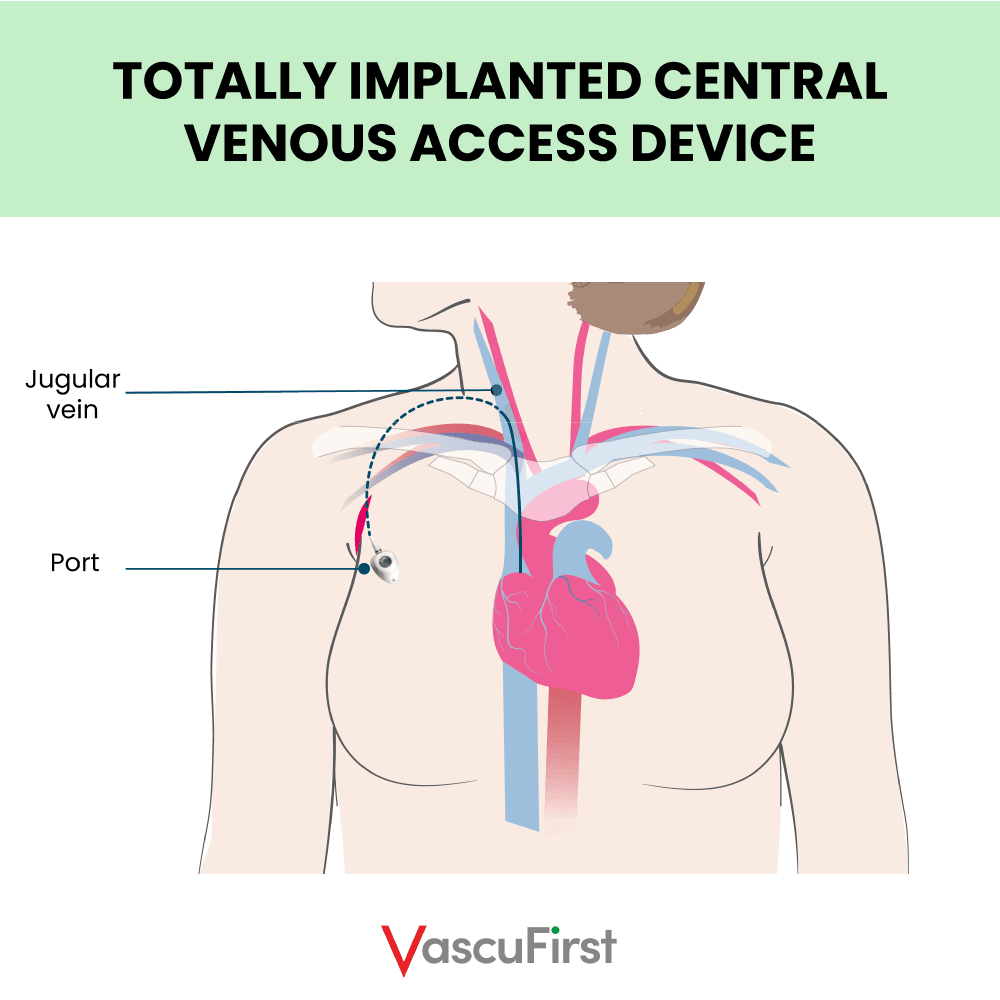Understanding Chest and Neck Veins for Vascular Access: A Comprehensive Overview, by Dr Linda Kelly
)
When it comes to vascular access, a thorough understanding of the anatomy and physiology of the veins in the chest and neck is vital. These veins serve as crucial pathways for the insertion of various catheters, such as acute central venous catheters (CVCs), totally implanted central catheters (TIVADs), and tunnelled central venous catheters (TCVCs). In this comprehensive guide, Dr Linda Kelly explores the intricacies of chest and neck veins and delves into important considerations for achieving safe and effective vascular access.
Vascular access plays a significant role in medical procedures and treatments that require direct access to the central circulatory system. The selection of appropriate veins for catheter placement is critical to ensure optimal patient outcomes. By understanding the specific characteristics and considerations associated with chest and neck veins, healthcare professionals can make informed decisions and implement the most suitable vascular access strategies.
In this article, Dr Kelly discusses key veins in the chest and neck region, including the internal jugular vein, subclavian vein, axillary vein, brachiocephalic (innominate) veins, and the superior vena cava (SVC). She explores their anatomical features, access challenges, and potential complications associated with each site. Additionally, she highlights the importance of vessel health and preservation (VHP) when selecting an appropriate vein and insertion site for catheter placement.
Whether you are a healthcare professional seeking to enhance your knowledge or a patient curious about the intricacies of vascular access, this guide will provide valuable insights into the anatomy and physiology of chest and neck veins. By optimizing our understanding of these vital pathways, we can strive for safer, more efficient, and patient-centered vascular access procedures.
Click to read more: https://vascufirst.com/clinical-environment-and-history/anatomy-vascular-access-chest-and-neck-veins/
| Tags:AVATARcentral vascular access deviceseducationvascular access devices |








